Here’s a straightforward guide to keeping your wine bottles in prime condition until you’re ready to enjoy them.
First, it’s important to know that most wines you find on the market today are meant to be enjoyed relatively soon after their release. Only a select few wines improve with long-term aging. If you’re interested in collecting wines for aging, consider professional-grade storage solutions, as that’s a whole different scenario.
For the majority of wine enthusiasts who buy bottles to drink in the near future, a few simple storage tips can make all the difference

The Importance of Proper Wine Storage
Storing wine correctly is crucial because it’s extremely sensitive to its surroundings. This applies to both high-end collectibles and the affordable Merlot you snagged at the local supermarket.
“Wine is a living entity, constantly evolving and changing,” explains Marshall Tilden III, the Chief Revenue and Education Officer at Wine Enthusiast. He emphasizes, “This is why it’s critical to take care of your bottles.” Proper storage can mean the difference between enjoying a rich, fruity Cabernet and ending up with something that tastes more like tepid vinegar.
Before diving into the best ways to store your wine, it’s essential to know what can damage it. Check out our detailed article on the five enemies of wine to get all the details. Here’s a brief overview to get you started:
Temperature
Temperature is a key factor in preserving the quality of wine, notes expert Tilden. Fluctuating temperatures can upset the balance of flavors and aromas that define a good wine.
“Excessive heat can lead to a problem known as maderization, transforming the wine into something resembling vinegar,” warns sommelier and tasting director Anna-Christina Cabrales. Once this happens, the wine is irreparably damaged, often tasting “cooked” or “stewed.”
Cold temperatures bring their own set of issues. Cabrales explains that this is why wine is not typically shipped in winter. “Wine contains water, and if it freezes, it expands, which can forcefully eject the cork.”
Tilden recommends maintaining a storage temperature of about 55°F for all types of wine—red, white, sparkling, and fortified—to ensure they remain in perfect condition
Humidity
Humidity plays a crucial role in preserving wine. Corks need a certain amount of moisture from the air to stay intact. If the air is too dry, the corks may shrink, leading to the wine aging faster than intended—let’s call it a point for premature aging.
On the other hand, excessive moisture can be just as harmful. According to wine expert Cabrales, overly humid conditions can cause wine labels to peel off and even promote mold growth in your cellar.
The ideal humidity level for storing wine, as wine specialist Tilden suggests, should be between 50% and 80%. This range helps keep the corks properly moistened, ensuring they seal tightly and prevent oxygen from entering the bottle.
Light Exposure
Just like too much sunlight can give us a sunburn, wine can also get “sunburned” if it sits in the sun for too long. This is often called being “light-struck.” Once this happens, the wine develops a permanent and unpleasant odor.
The ultraviolet (UV) rays from the sun react with the chemicals in wine, causing changes that ruin its taste and structure. Tilden explains that UV rays can break down tannins in the wine. Tannins are important because they help protect the wine. This is why white wines, which have less tannin protection, may spoil faster than red wines.
That’s also why many wines come in dark bottles. These bottles act like sunscreen for the wine, shielding it from UV rays. However, the best way to protect wine from light damage is to keep it out of light altogether.
Storage Position
It’s crucial to minimize movement when storing wine.
“Even slight vibrations can disrupt the wine, stirring up sediment, generating heat, and causing friction within the bottle,” explains Tilden. “This can alter the wine’s molecular structure.”
Such changes can affect your tasting experience, making it akin to enjoying a once fizzy bath that’s now gone flat. The way you position the bottle matters too, especially for keeping the cork in good shape.
Cabrales recommends, “Lay the wine bottles on their sides to keep the corks moist.” This technique helps maintain the cork’s moisture, preventing air from entering the bottle.
This guidance is straightforward but vital for preserving the quality of your wine.
Smells / Odor
Wine needs to breathe and it does so through its corks. According to Tilden, smells from surroundings like a room or a garage can seep into a wine bottle over time, altering the wine’s taste and scent significantly. Scents from cigars are also known to commonly affect wine.

Storing Everyday Wine: Simple Tips for Optimal Freshness
Not every wine is crafted for the long haul. Indeed, the majority are best enjoyed soon after purchase.
“Many wines are designed to be enjoyed while they’re still youthful and bursting with freshness,” explains Tilden. “They’re just not going to improve with time.”
For those who casually enjoy wine or frequently entertain guests, there’s usually no need to pick from a collection of aged vintages. The method for storing everyday wines is straightforward.
“The ideal spot would be a dark area that maintains a cool temperature and some humidity,” suggests Cabrales. A simple countertop at room temperature suffices. Even a closet or pantry is adequate.
“However, it’s crucial to keep your wine away from sunlight and heat sources,” she adds. “I’ve seen too many restaurants store their wine near heat sources like a boiler.”
If you plan to drink the wine within a few days, storing it in the refrigerator is another excellent choice. While cold temperatures help slow down aging and prevent maderization—a type of oxidation that can turn white wine brown and give it a caramel flavor—refrigerators can be overly cold. It’s wise not to keep your wine chilled there too long.
For those who prefer a more specialized solution, a wine cooler offers an ideal environment, mimicking cellar conditions with appropriate temperatures and humidity levels. Nevertheless, even wine experts like Cabrales often use just a regular fridge.
“I always keep around 10 bottles in my refrigerator,” she mentions. “It ensures they’re at a perfect temperature for serving, even if I end up giving them away.”
Remember
The storage temperature and serving temperature of wine are two different things—each with its own considerations.
The key takeaway for short-term wine storage? Keep it not too hot, not too cold. “Think of it as the Goldilocks principle,” Cabrales says. Whether it’s a dark countertop, your fridge, or a wine cooler, any can be ideal for keeping your wine ready to enjoy.

How to Keep Your Wine Fresh After Opening
Once you open a bottle of wine, it’s crucial to store it properly to prevent it from going bad. Opening a bottle lets in oxygen, which, much like humidity, can spoil the wine.
A solid tip is to pour your wine into a glass and immediately reseal the bottle with its cork. The goal is to minimize the time your wine is exposed to air, no matter where you plan to store it afterward.
For another approach, Tilden recommends using a vacuum pump to remove the air from an open wine bottle, helping it stay fresh. He also suggests storing the bottle in the refrigerator to slow down oxidation, which can degrade the wine.

Long-Term Wine Storage Essentials
If you find yourself more invested in wine than the casual drinker but not quite at collector level, it might be time to rethink your storage options.
One practical solution is a wine refrigerator. But what sets it apart from a regular fridge? Tilden explains that regular refrigerators are designed to keep a variety of perishable items cold and dry, maintaining an average temperature of around 40°F. This environment suits foods like salads, bread, and meats but is too harsh for wine, which needs a more controlled climate. Wine fridges are tailored to provide an ideal atmosphere for wine storage, featuring controls for temperature, vibrations, and odors—key factors to consider when choosing the best one for your collection.
Another great option for long-term storage is using wine racks. These not only offer a visually appealing way to display your collection but also come in various styles and sizes, from elegant wooden shelves to practical tabletop wire racks. This allows you to choose a solution that best fits your space and style preferences.

Aging Wine at Home: Simple Tips for Enthusiasts Without a Cellar
If you’re holding onto a few special bottles of wine and waiting for the right moment to enjoy them, you’re engaging in a process that can greatly enhance the flavors and textures of the wine. Aging wine is all about letting it develop complex tastes and a smoother feel over time. This usually happens in a wine cellar, where conditions are perfect for aging wine gracefully. A cellar helps maintain the right environment by managing factors that affect how wine ages, and yes, it’s also a great way to display a collection.
But what if you don’t have a wine cellar? No worries—you can still age wine effectively at home with a few smart hacks.
First, pick the right spot. It should be cool, dark, and a bit humid. A basement or a garage can work wonderfully, provided it’s free of strong smells that could seep through the cork.
To shield your wine from light, which can degrade quality, stash your bottles in a cupboard or pantry. Alternatively, covering them with a blanket not only keeps out light but also insulates the wine in colder months.
Always store your bottles horizontally. This keeps the cork moist, ensuring it doesn’t dry out and shrink, which could let air into the bottle and spoil the wine.
Remember, while aging can elevate a wine to its finest state, it can also decline rapidly if left too long. “It’s better to drink a wine slightly too early when it’s still vibrant and enjoyable, rather than too late,” suggests wine expert Tilden.
And don’t forget, there’s always a good reason to celebrate. So, maybe think twice before you wait too long to open that cherished bottle. Whether it’s a special occasion or just a cozy evening, a well-aged wine can make it memorable.
Conclusion
Proper storage is essential for preserving the quality and enhancing the enjoyment of your wine, whether it’s an everyday bottle or a special vintage meant for aging. Key factors such as temperature, humidity, light exposure, and bottle positioning significantly impact the wine’s life and flavor profile. Ideally, wine should be stored at a stable temperature around 55°F, with humidity levels maintained between 50% and 80% to keep corks in optimal condition. Protecting wine from light and minimizing movement also helps preserve its integrity. For those without access to professional storage solutions, simple practices such as using a dark, cool closet or even a dedicated wine cooler can suffice. By understanding and managing these environmental factors, wine enthusiasts can ensure their collections remain vibrant and enjoyable, ready to be opened for any occasion that calls for a toast.
FAQs Proper Wine Storage And Its Importance
What is the ideal temperature for storing wine?
The ideal temperature for storing wine is around 55°F (13°C). Consistent temperature is key to prevent the wine from undergoing chemical changes that can alter its flavor and aroma. Avoid fluctuations, as these can cause the wine to age prematurely or develop faults.
Why is humidity important in wine storage?
Humidity is crucial in wine storage because it helps keep the cork in good condition. The ideal humidity level should be between 50% and 80%. If the air is too dry, the cork can dry out and shrink, allowing air to enter the bottle and spoil the wine. Conversely, excessive humidity can lead to mold growth and label damage.
How does light affect stored wine?
Light, especially UV rays, can damage wine by causing it to become “light-struck,” which leads to unpleasant flavors and odors. To protect wine from light damage, it’s best to store bottles in a dark place or use tinted bottles that can block some of the harmful rays.
Is it necessary to store wine bottles horizontally?
Yes, storing wine bottles horizontally is recommended because it keeps the liquid against the cork, which needs to remain moist to stay expanded and effectively seal the bottle. This prevents air from getting in and spoiling the wine.
Can I store wine in my regular refrigerator?
While storing wine in a regular refrigerator is fine for short periods, it’s not ideal for long-term storage. Regular refrigerators are often too cold and dry, which can harm the wine’s quality over time. For better long-term storage, consider investing in a wine cooler, which maintains consistent temperature and humidity levels suited for wine preservation.
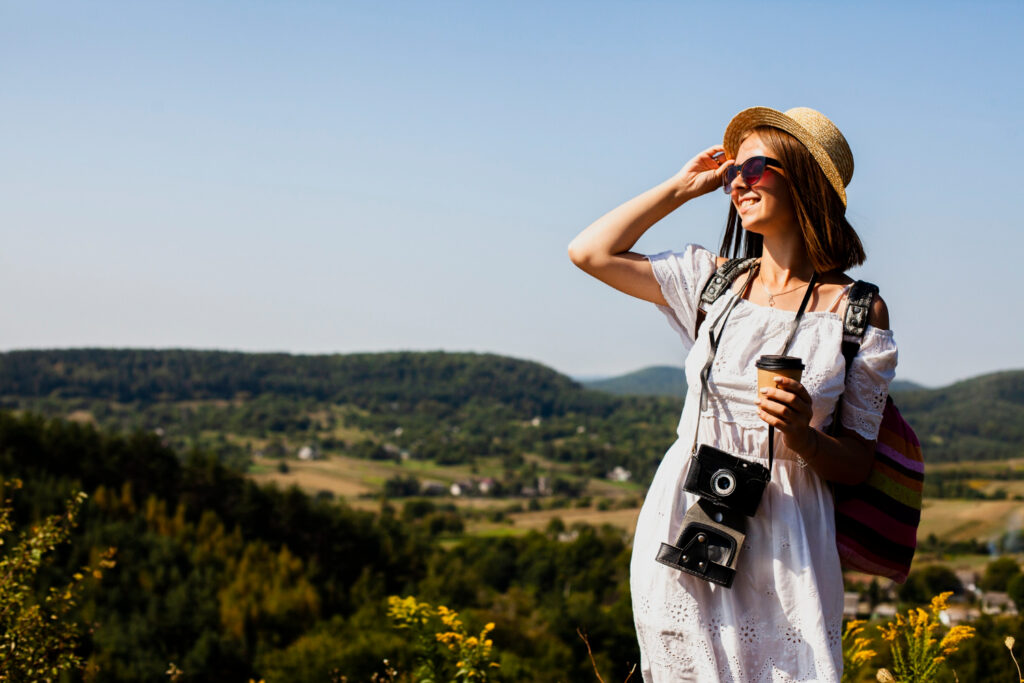
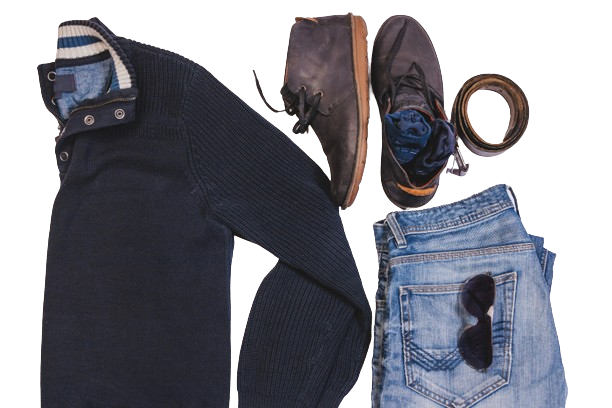
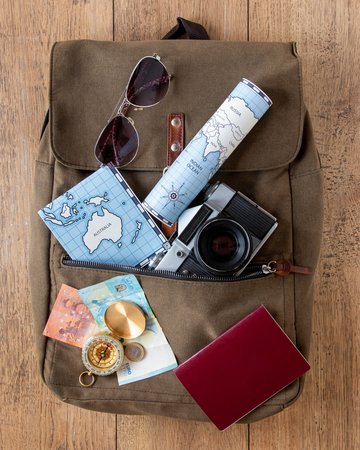
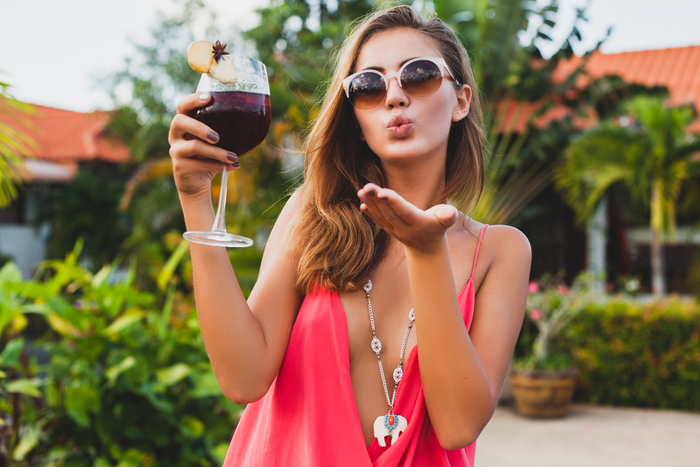
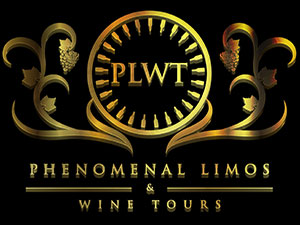
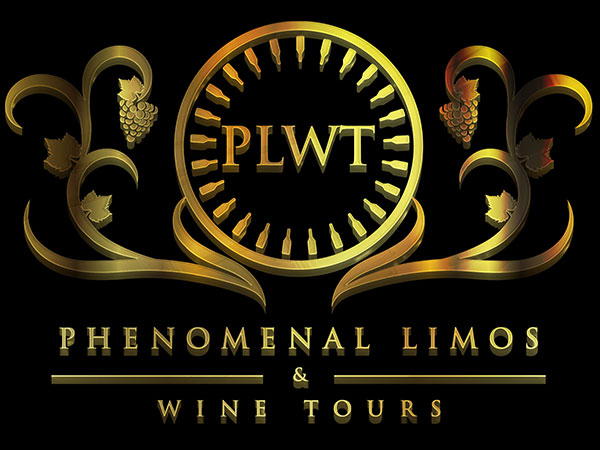
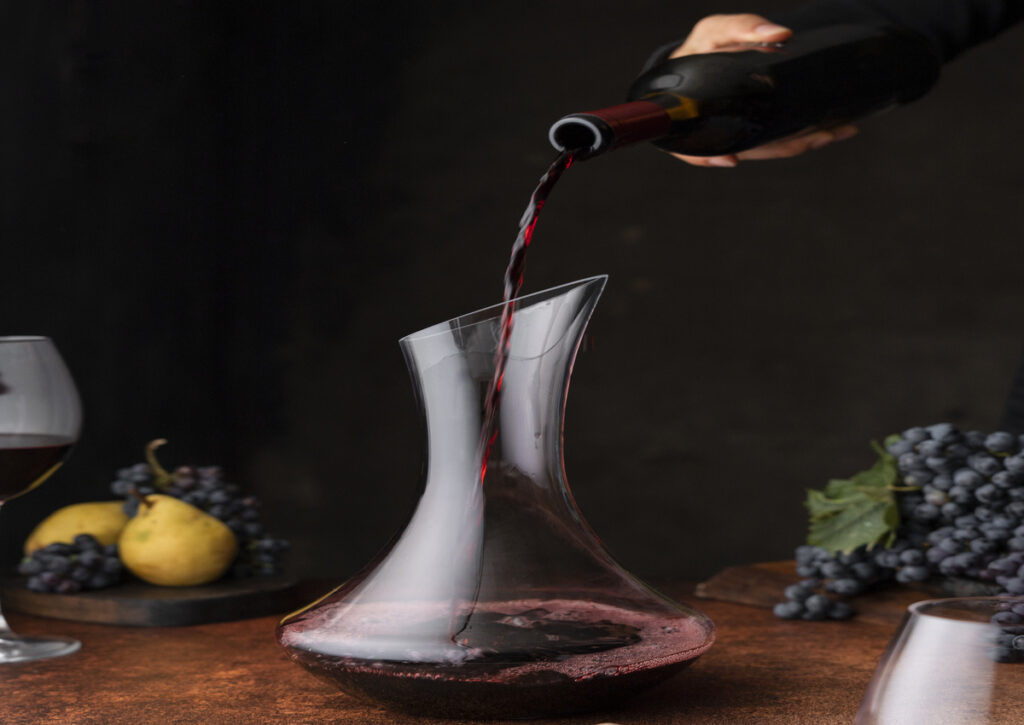
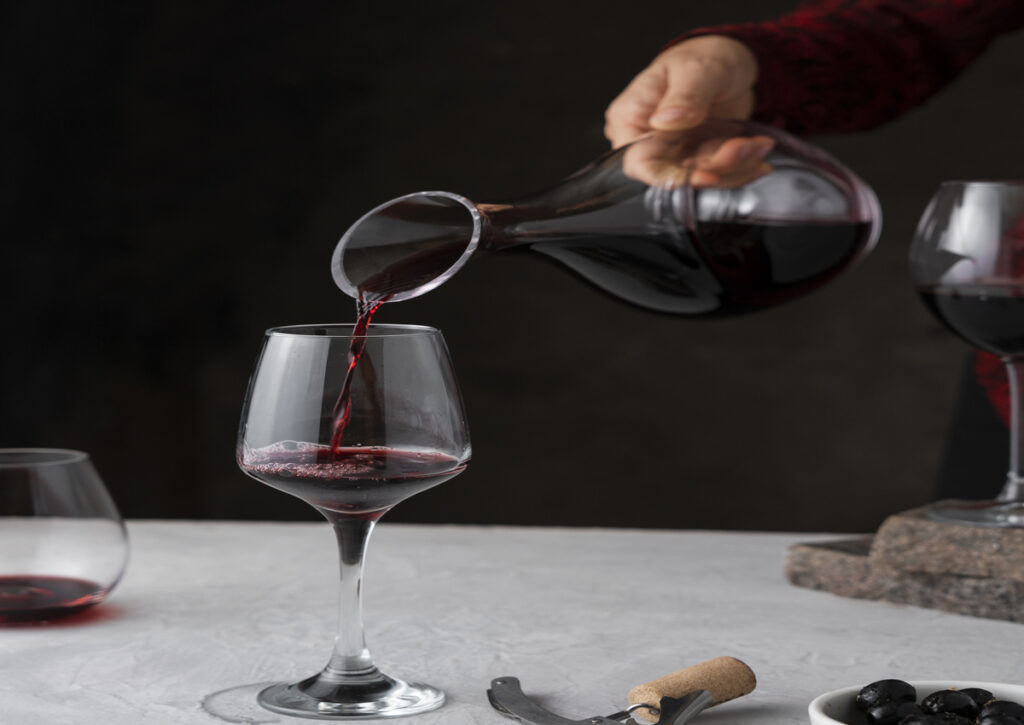

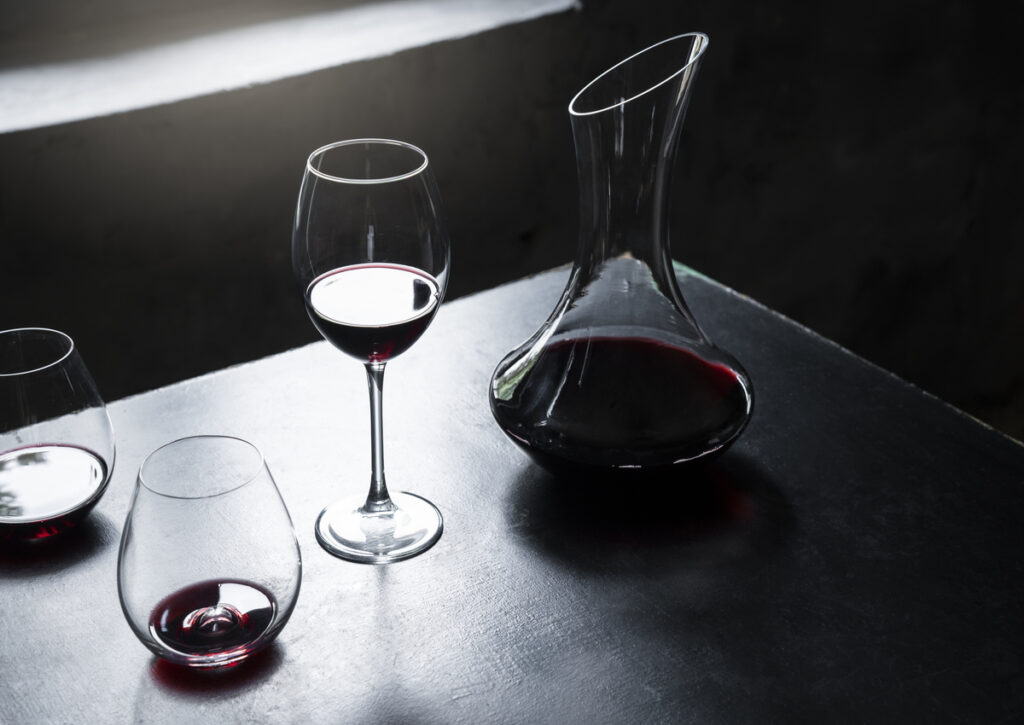
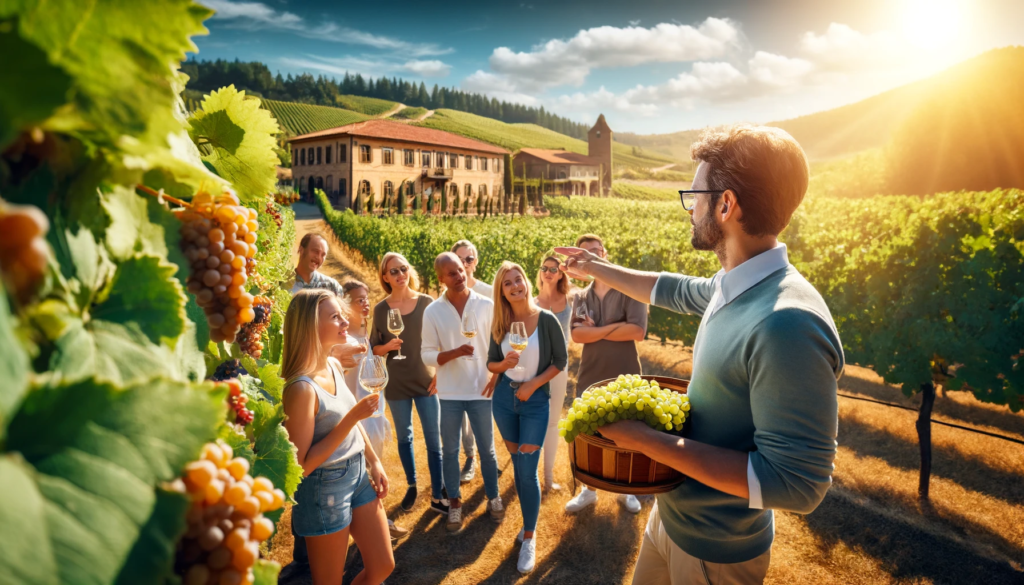


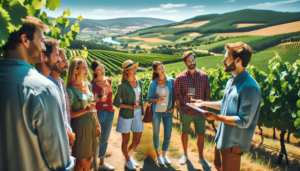

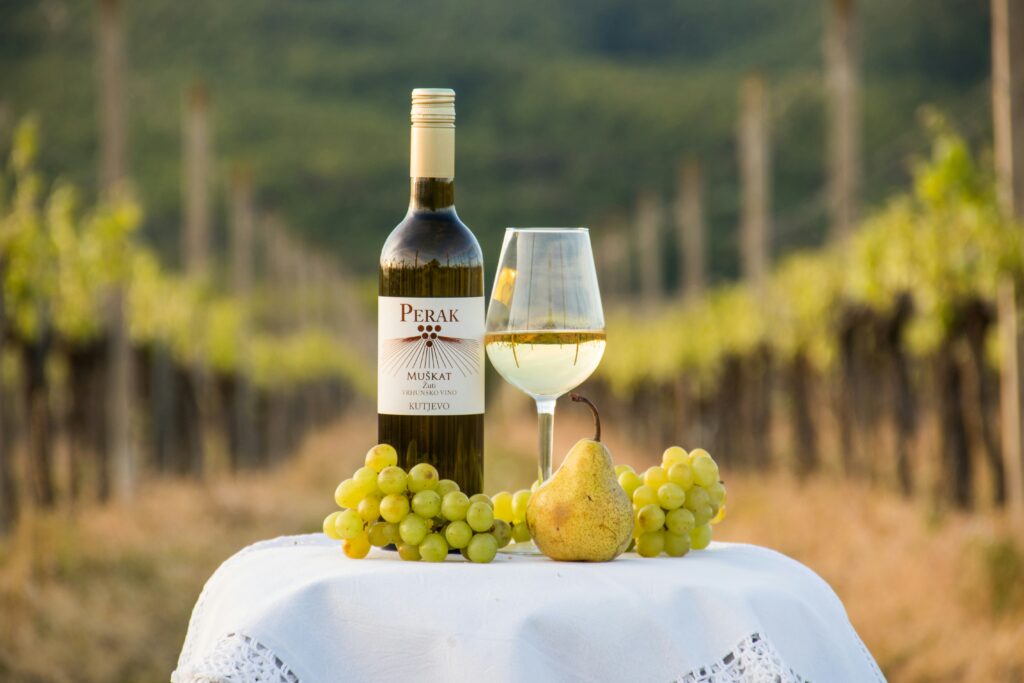

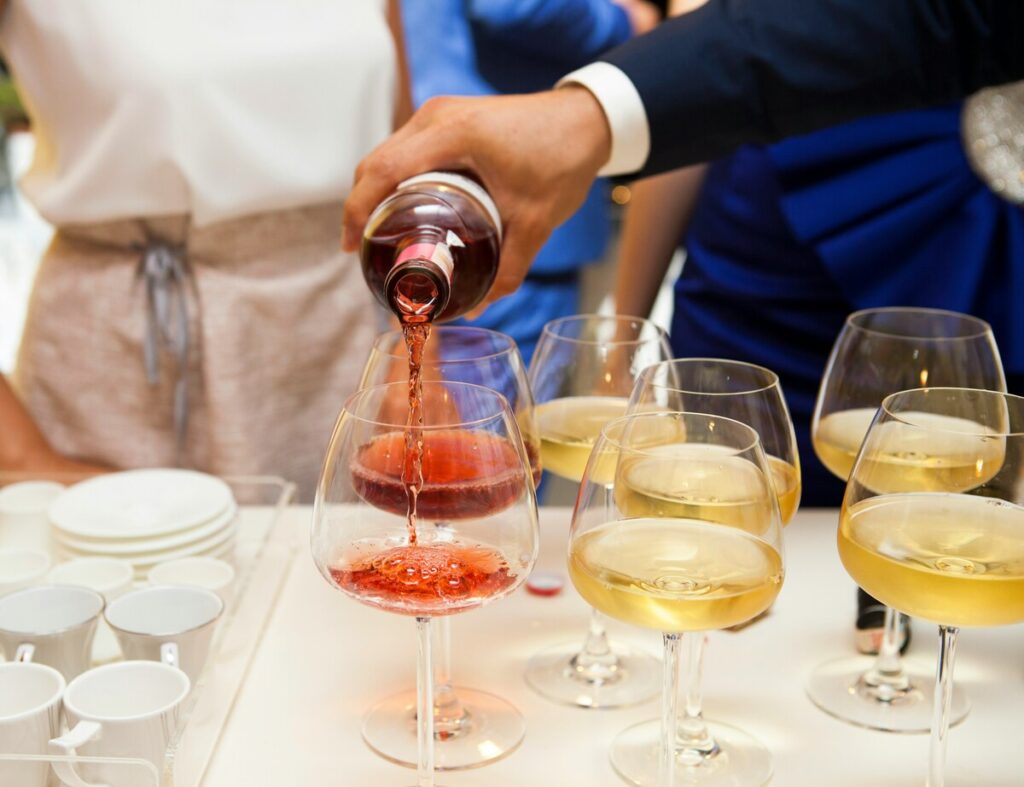



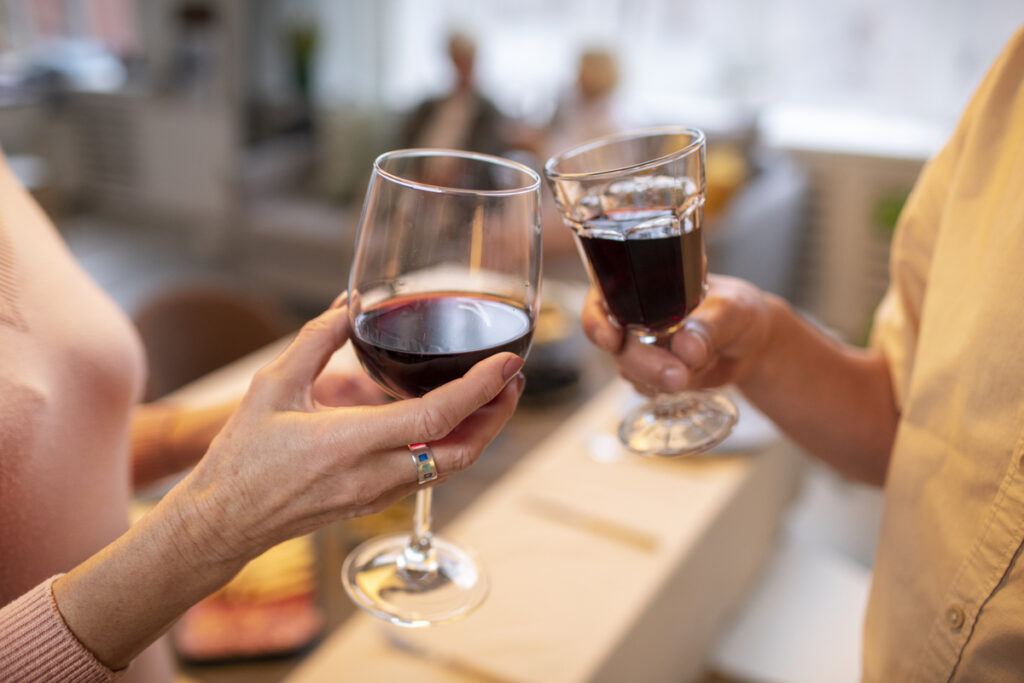


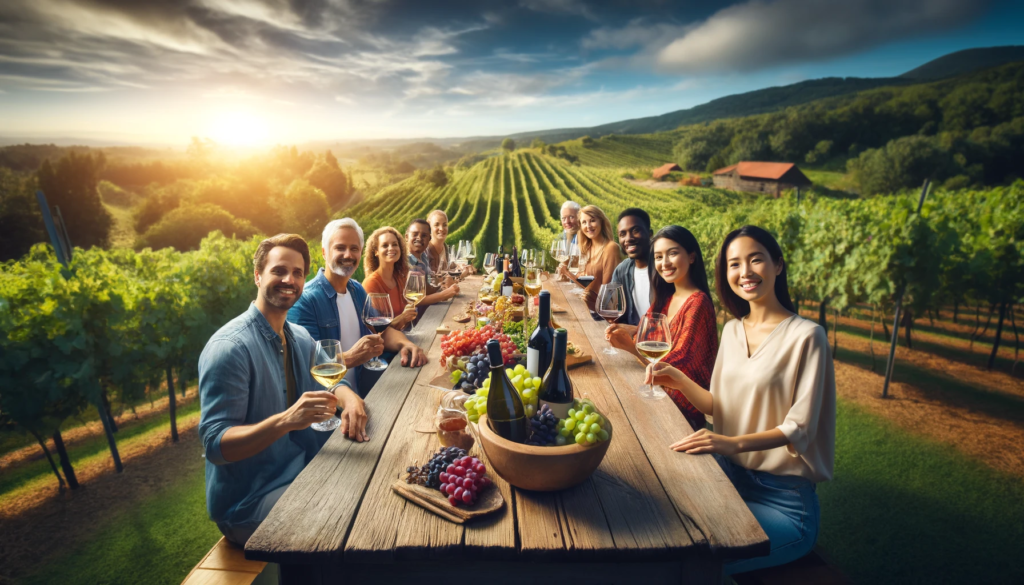
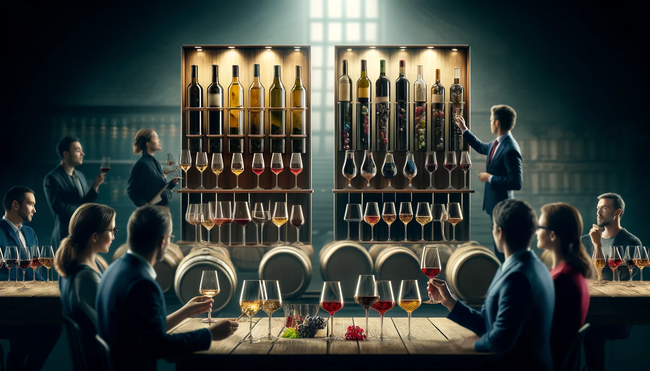
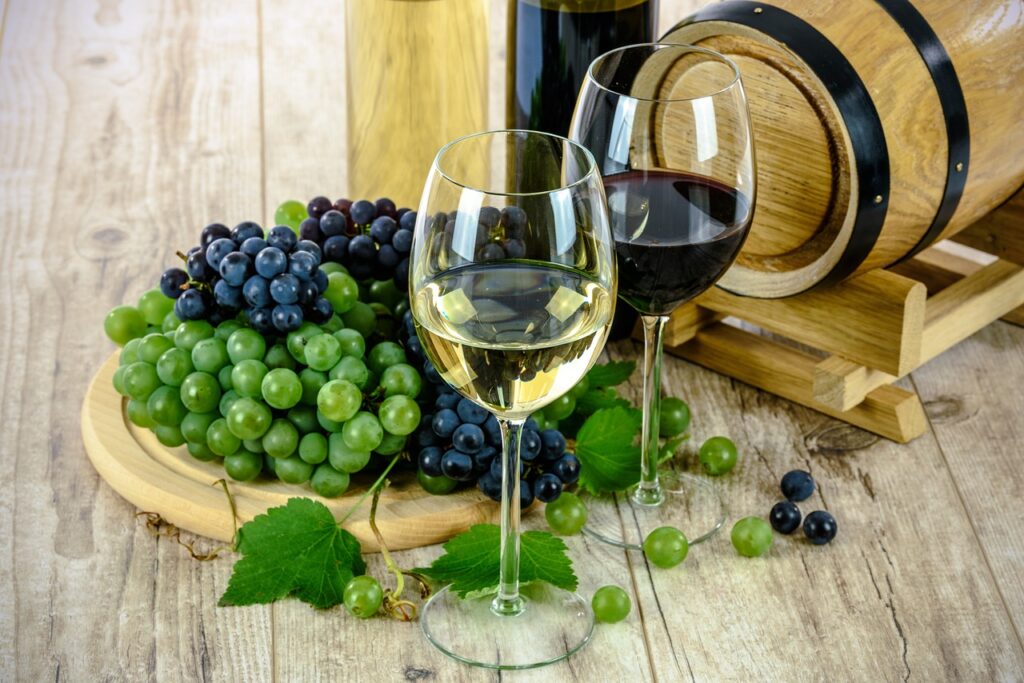
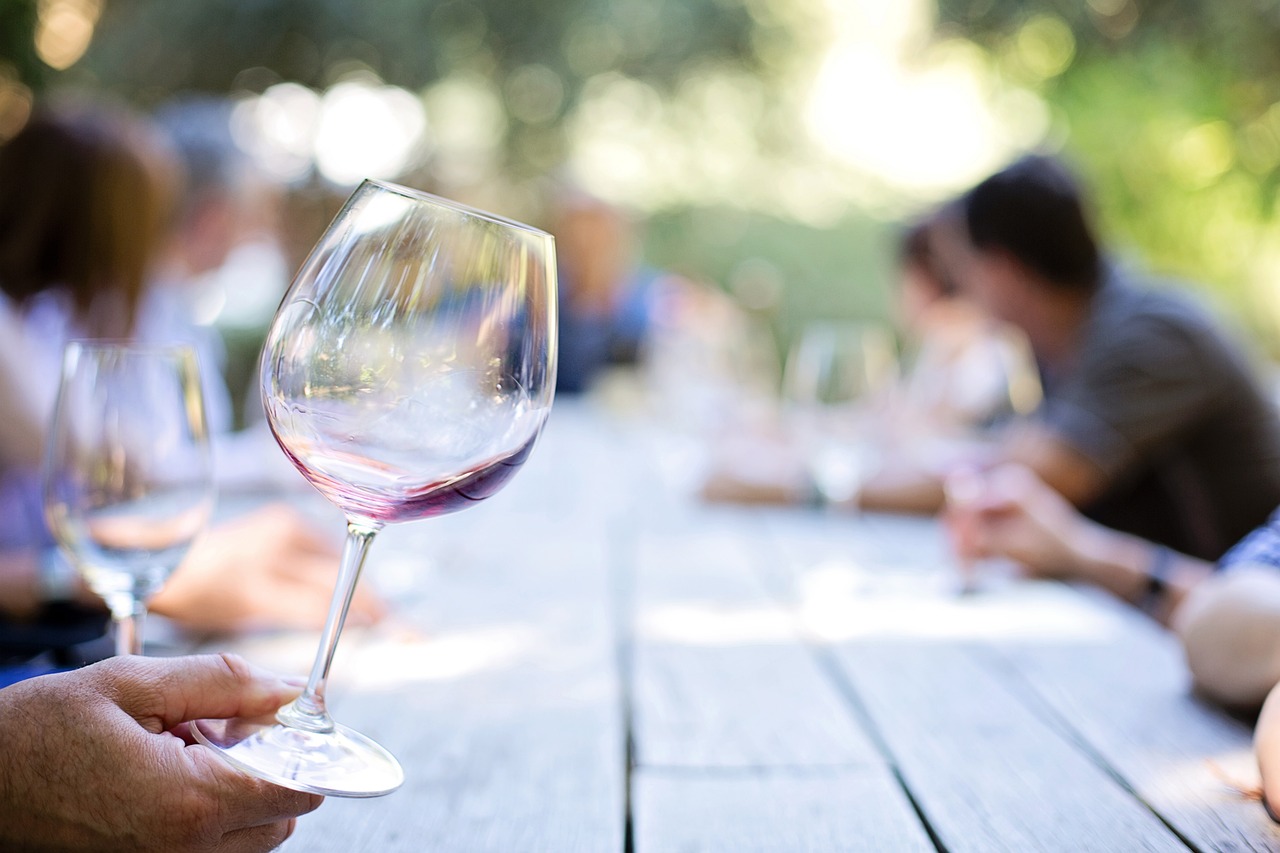
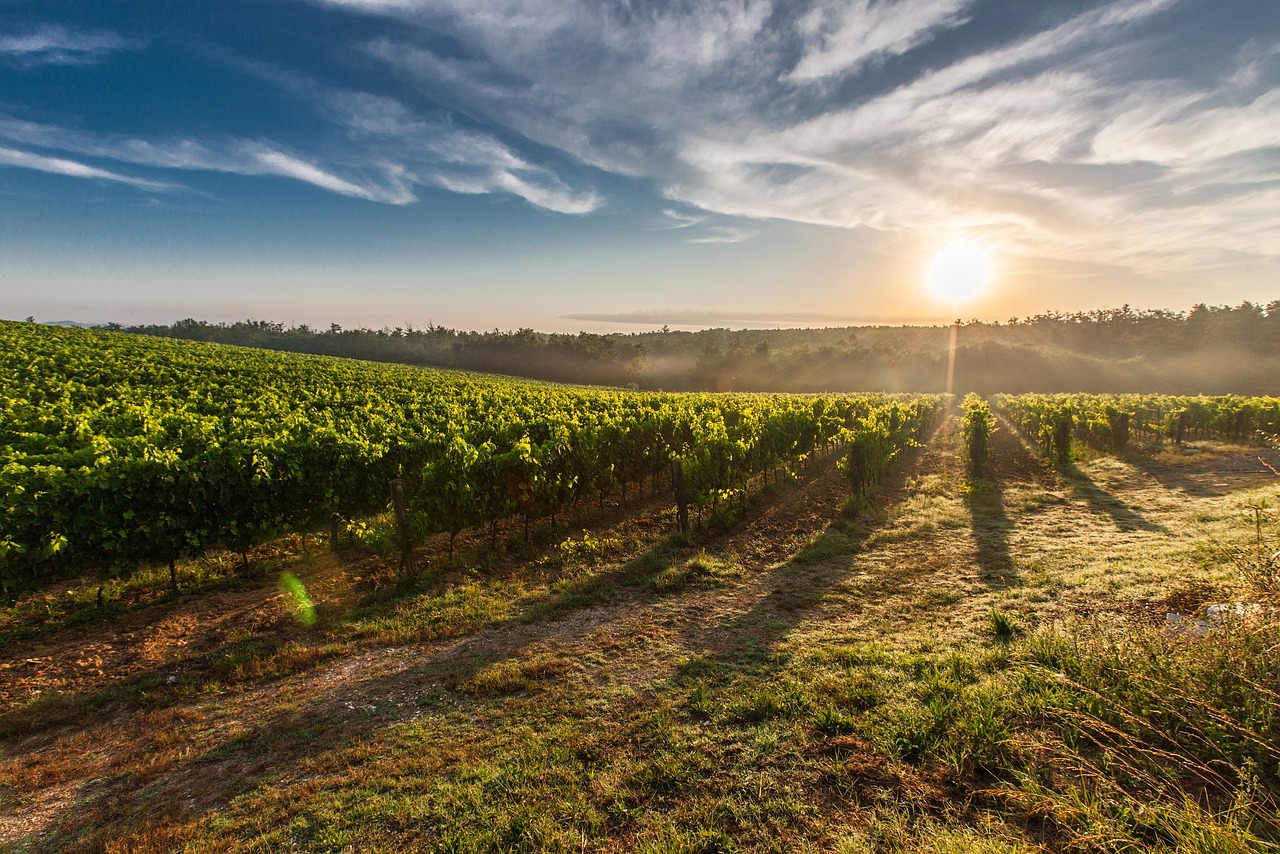
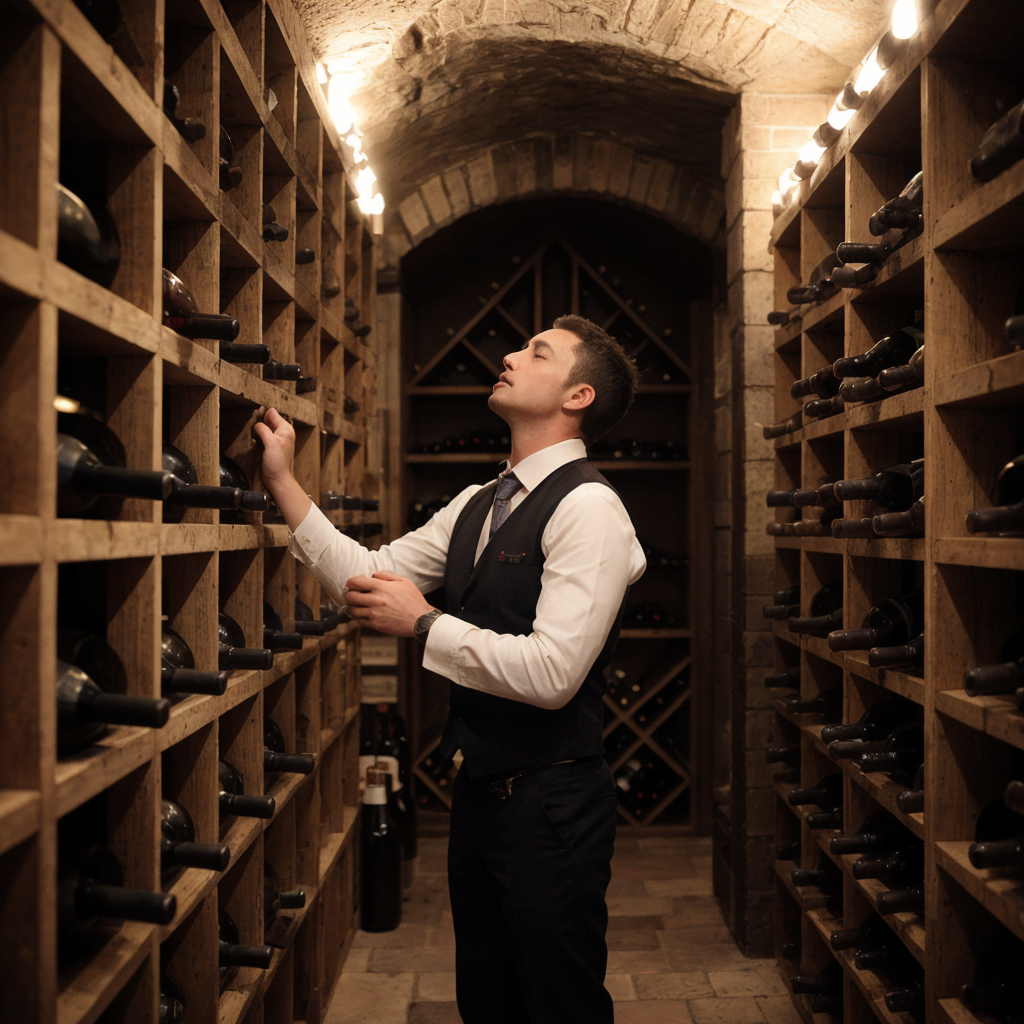

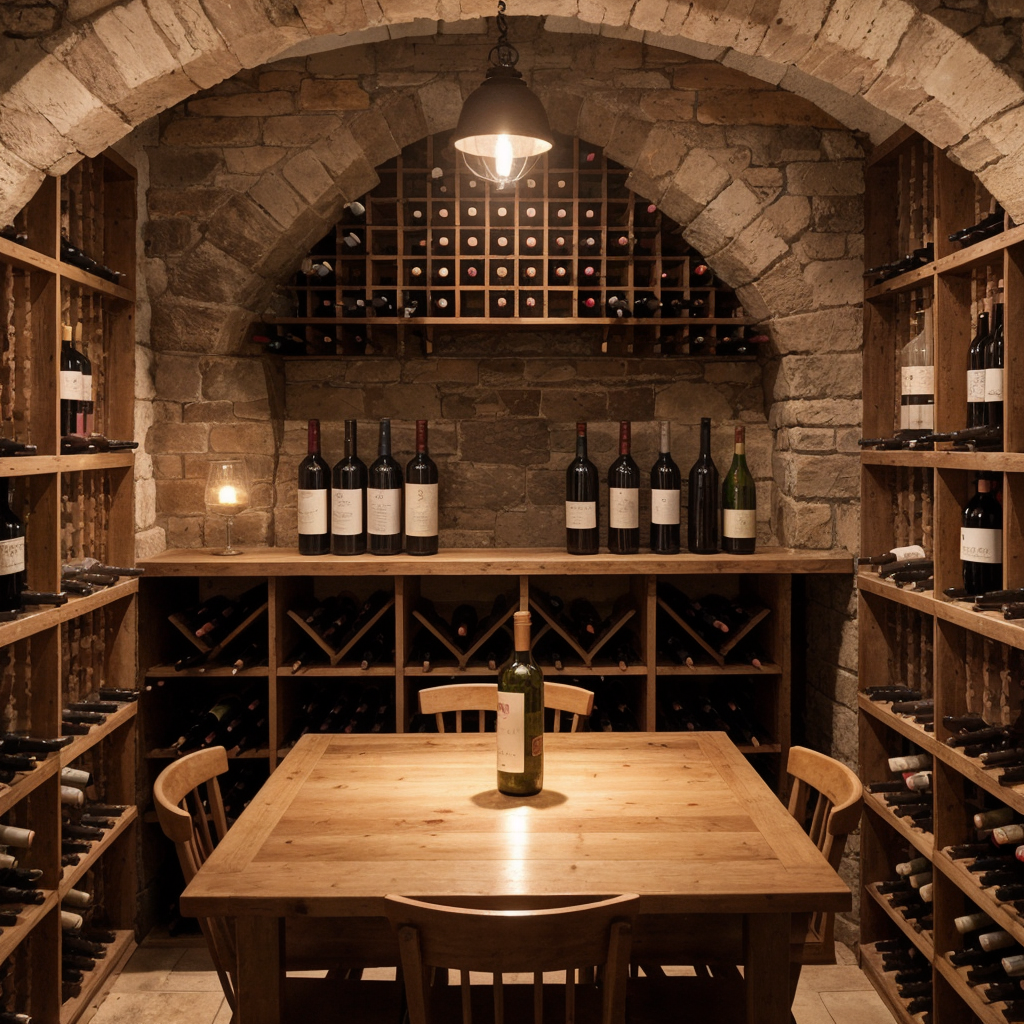
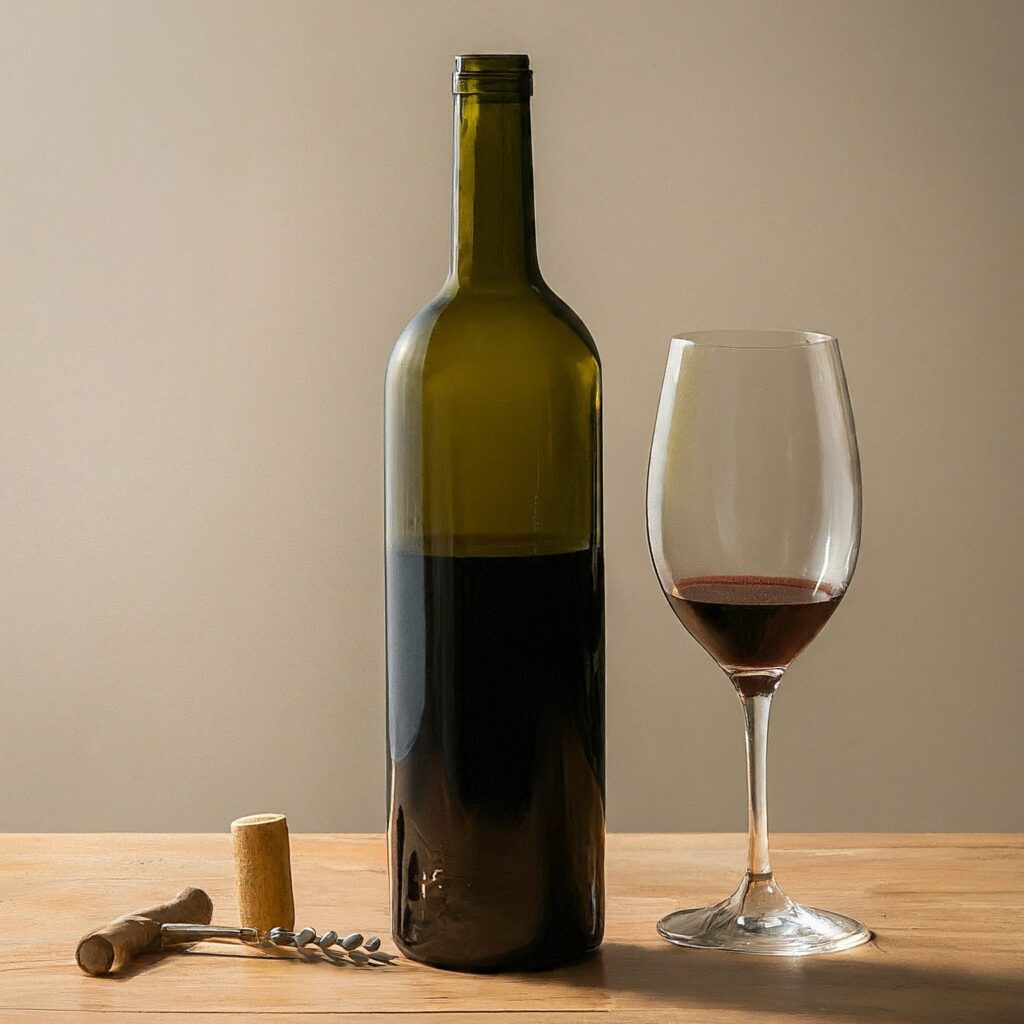
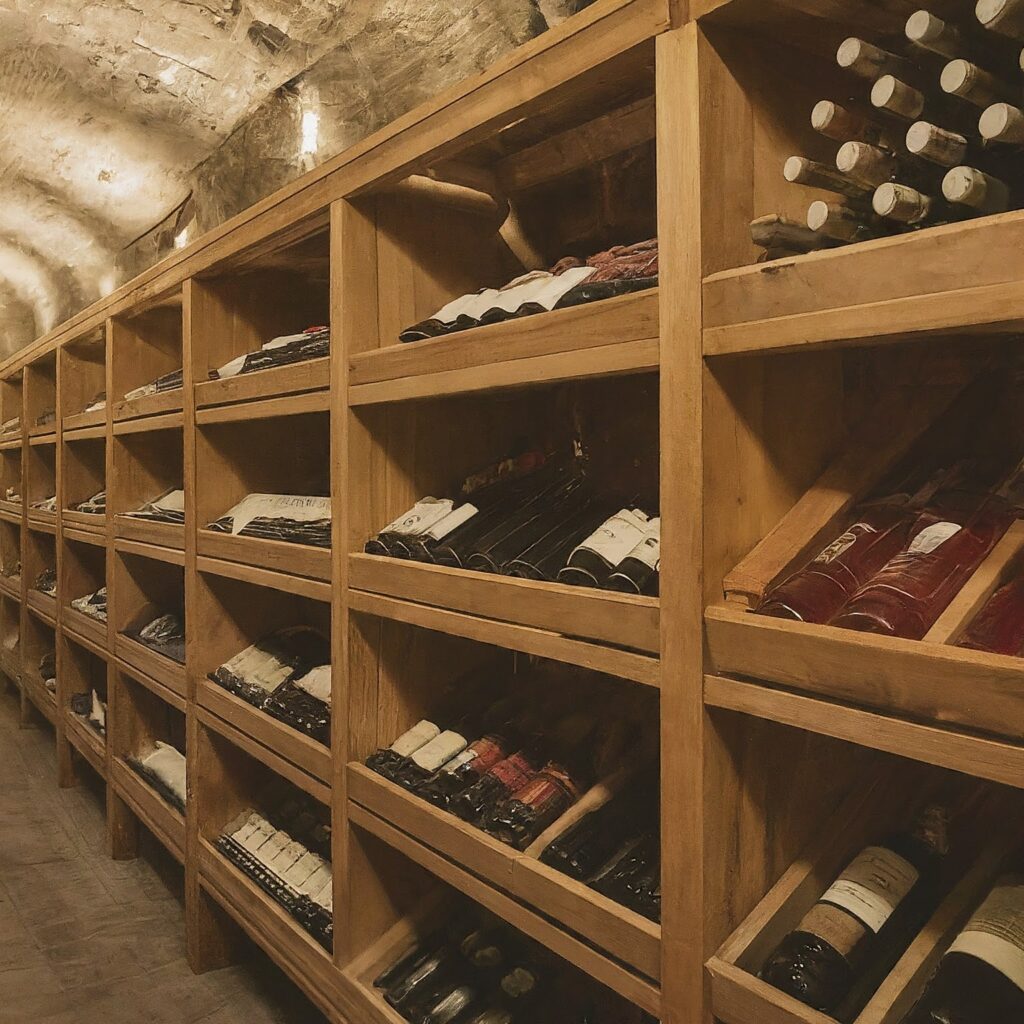
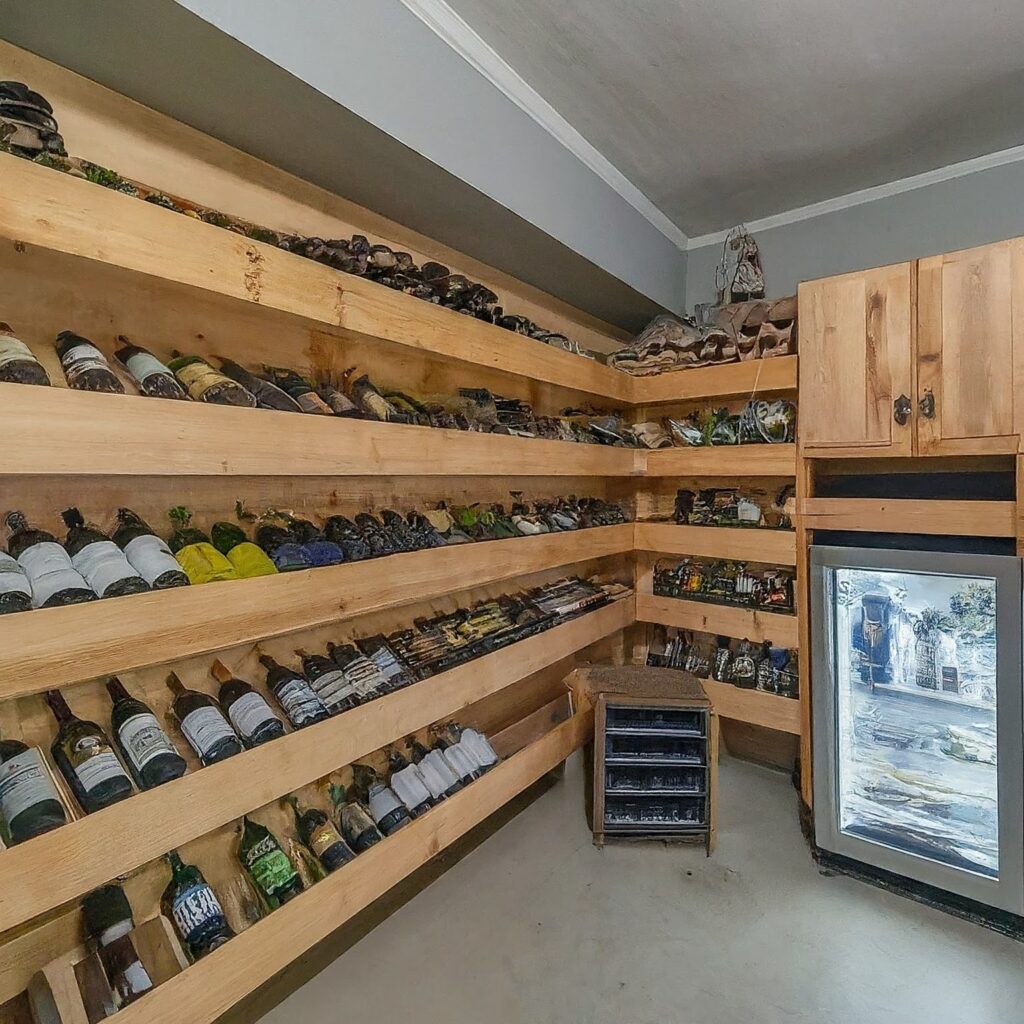
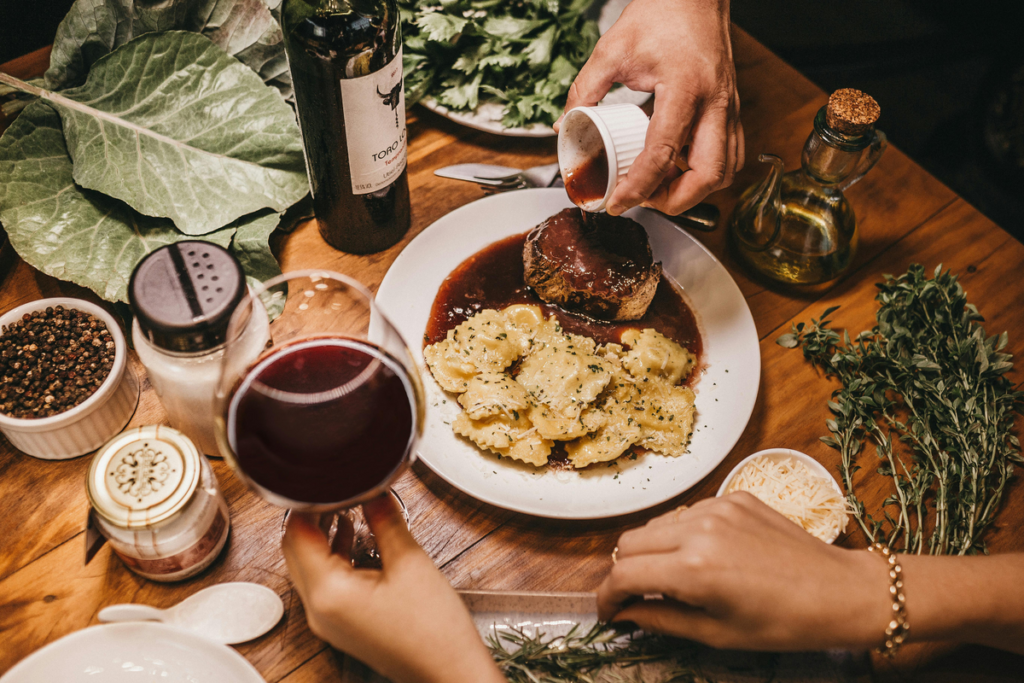
 1. Pairing Low-Alcohol Wines with Spicy Cuisine
1. Pairing Low-Alcohol Wines with Spicy Cuisine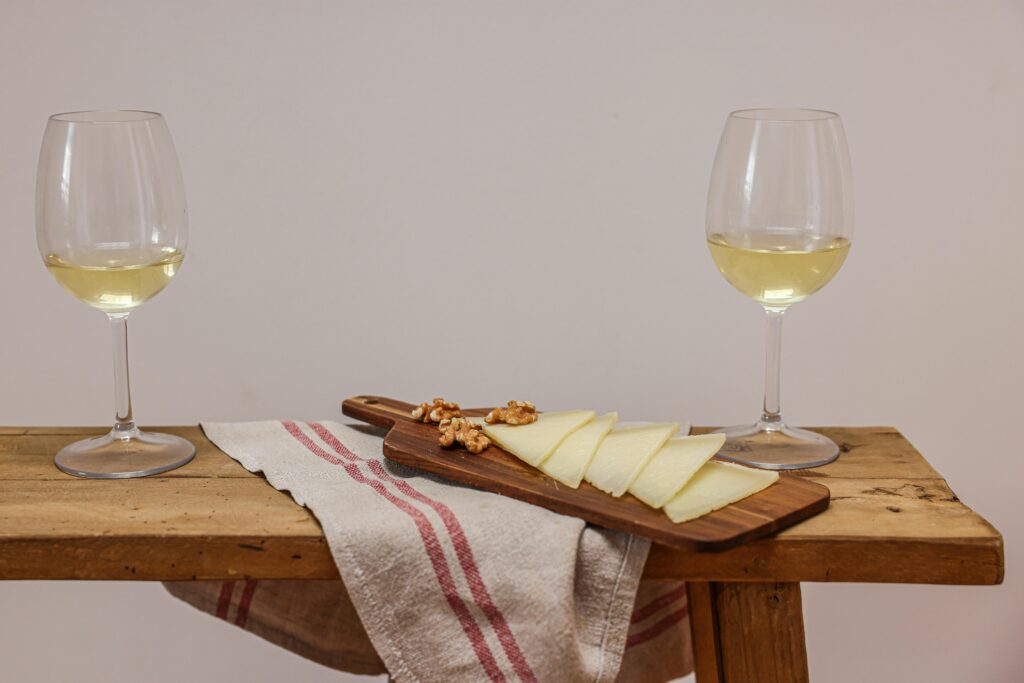 2. Pairing Salty Fare with Champagne
2. Pairing Salty Fare with Champagne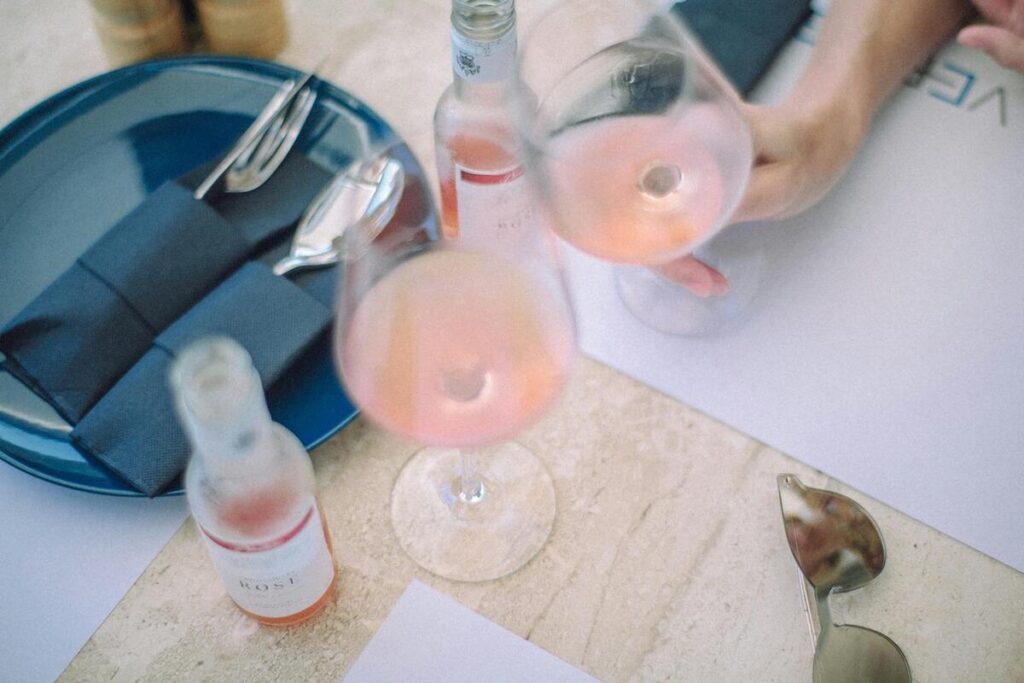 3. Pairing Comfort Food with Rosé
3. Pairing Comfort Food with Rosé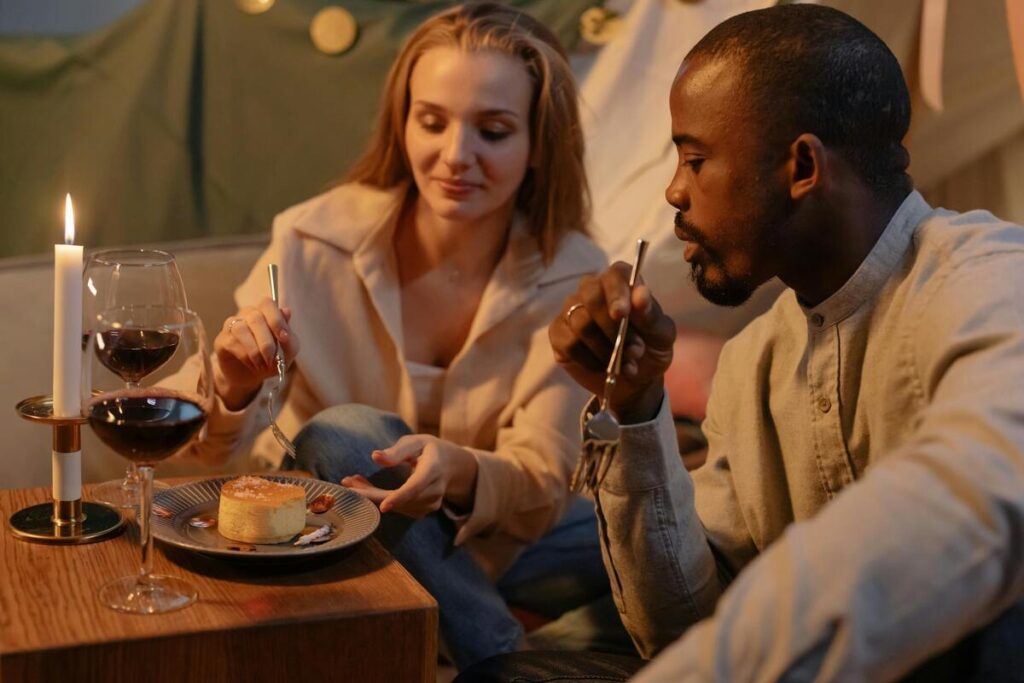 4. Matching Lighter Wines with Sweet Treats
4. Matching Lighter Wines with Sweet Treats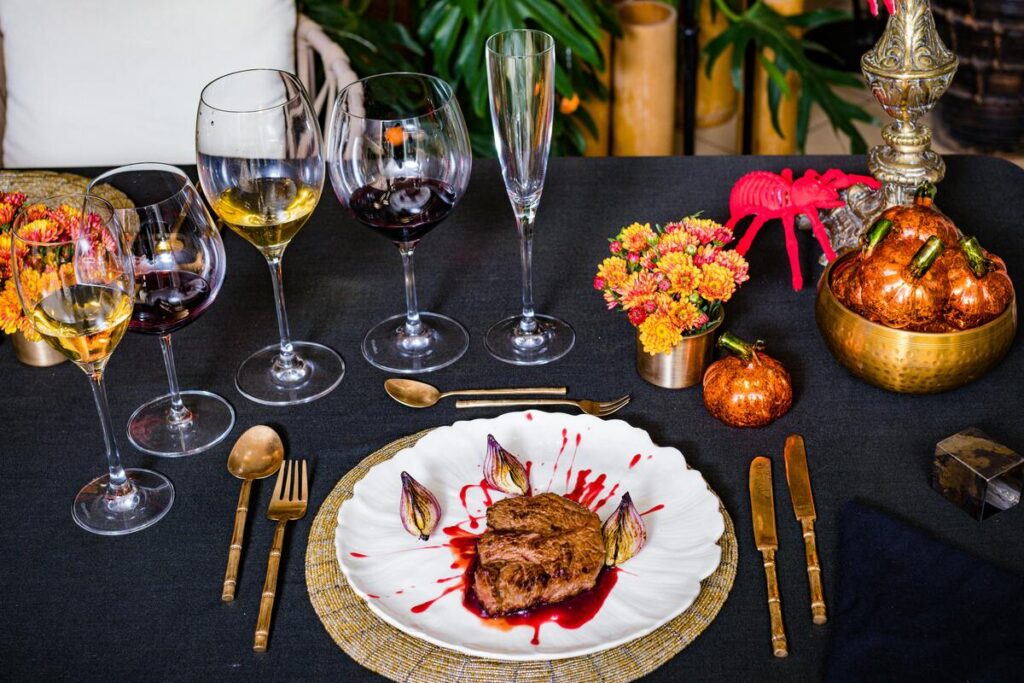 5. Pairing Earthy Wine with Earthy Food
5. Pairing Earthy Wine with Earthy Food










